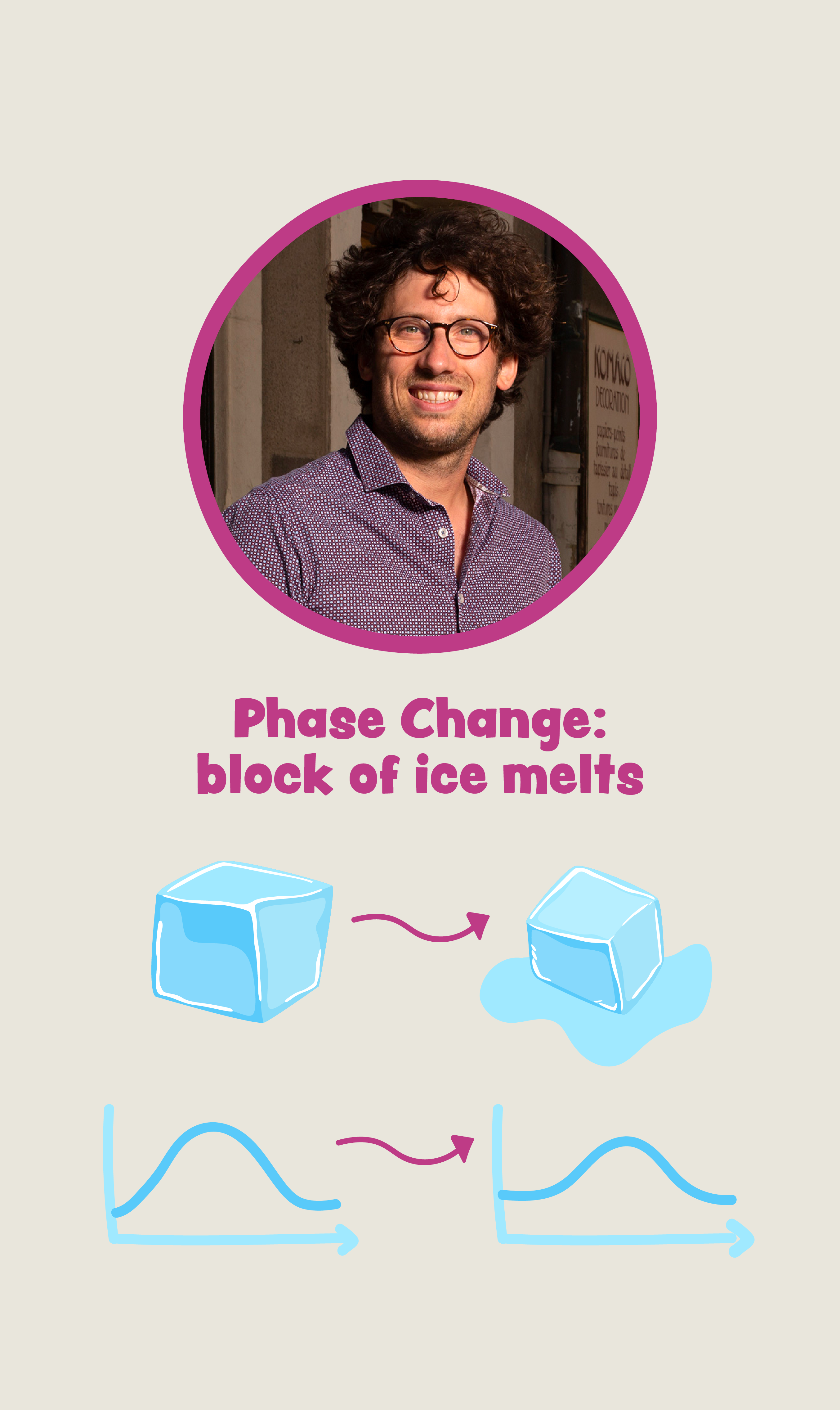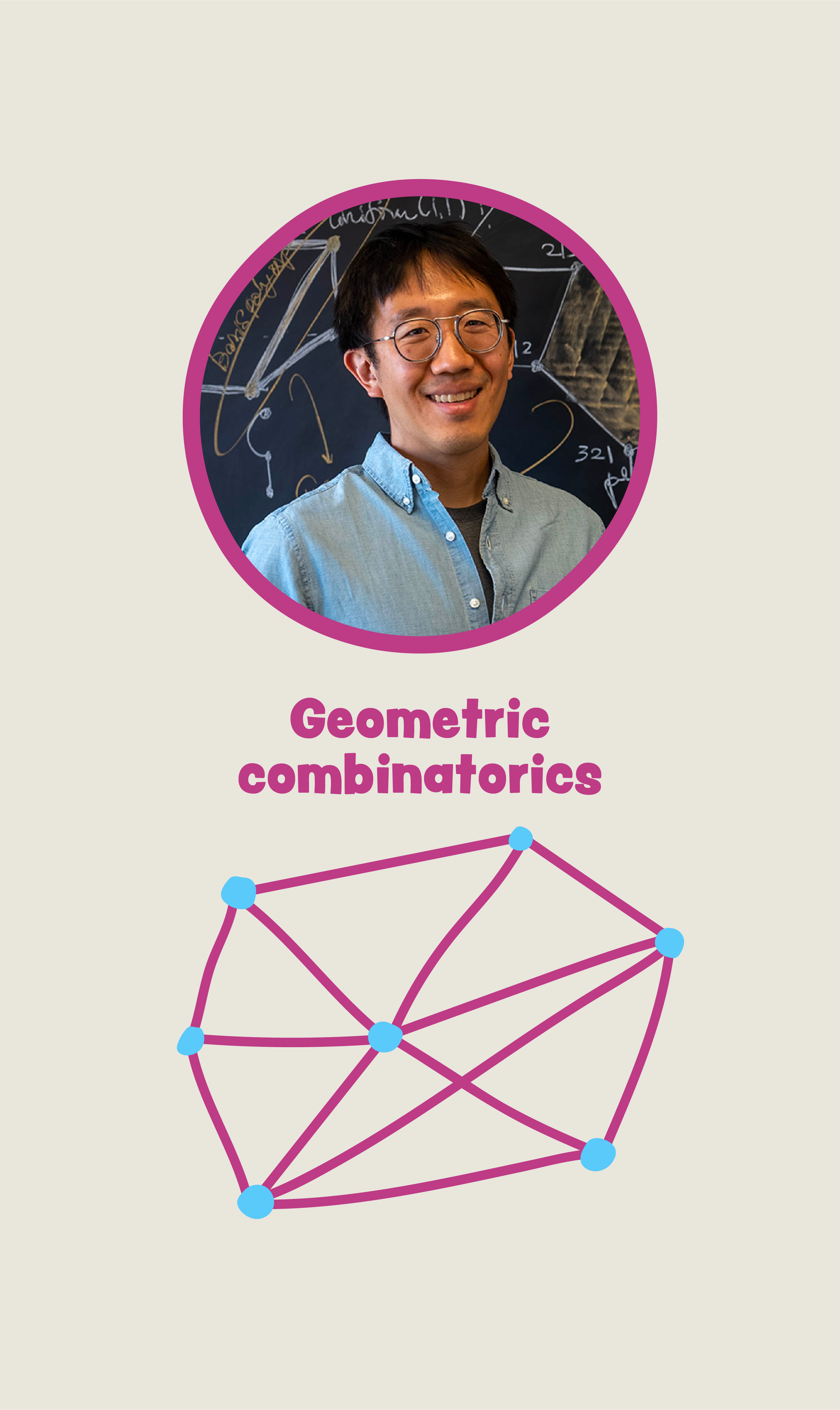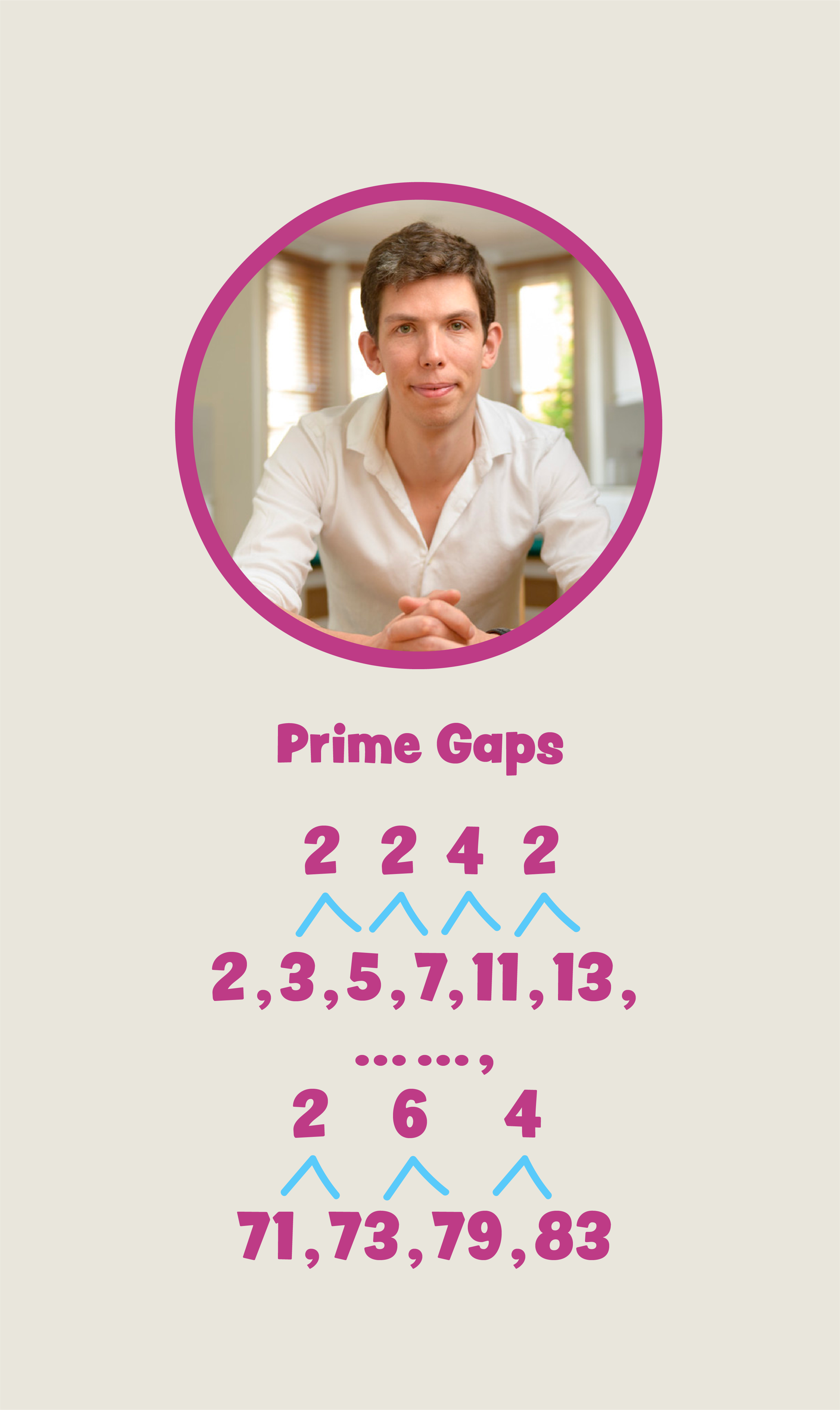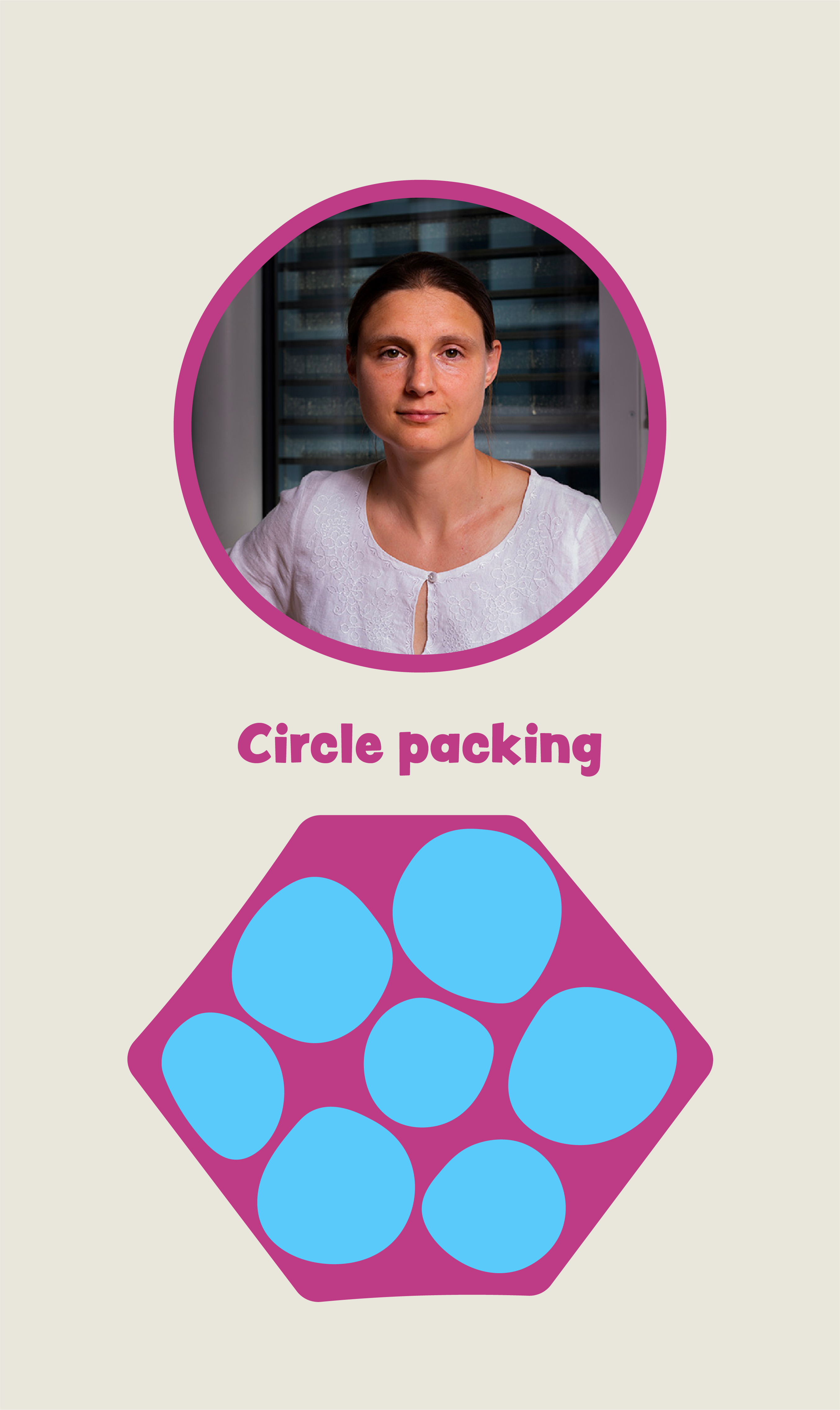
For solving long-standing problems in the probabilistic theory of phase transitions in statistical physics, especially in dimensions three and four.
Duminil-Copin has won the award for his work in looking at the mathematical understanding of phase transitions. A phase transition occurs when a substance changes its state of matter, say liquid to gas (boiling) or solid to liquid (melting).
In our Preliminary Physics course, we look at the process of phase transition in the topic Waves and Thermodynamics. We learn that when an object changes state there needs to be energy added or removed (latent heat). This energy is then transferred to and from the individual particles (atoms or molecules) to allow them to break apart (e.g. in boiling) or come together (e.g. freezing).


